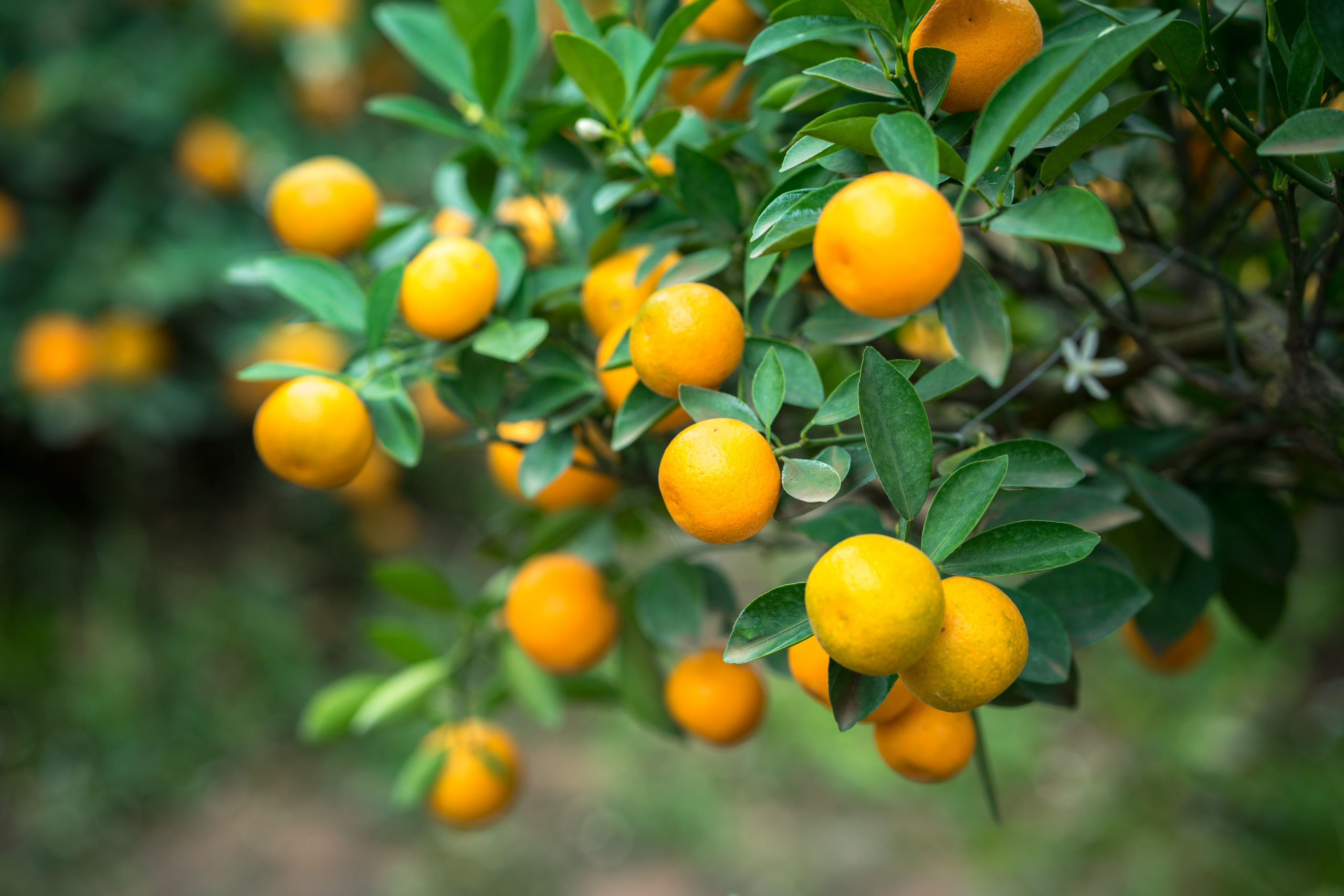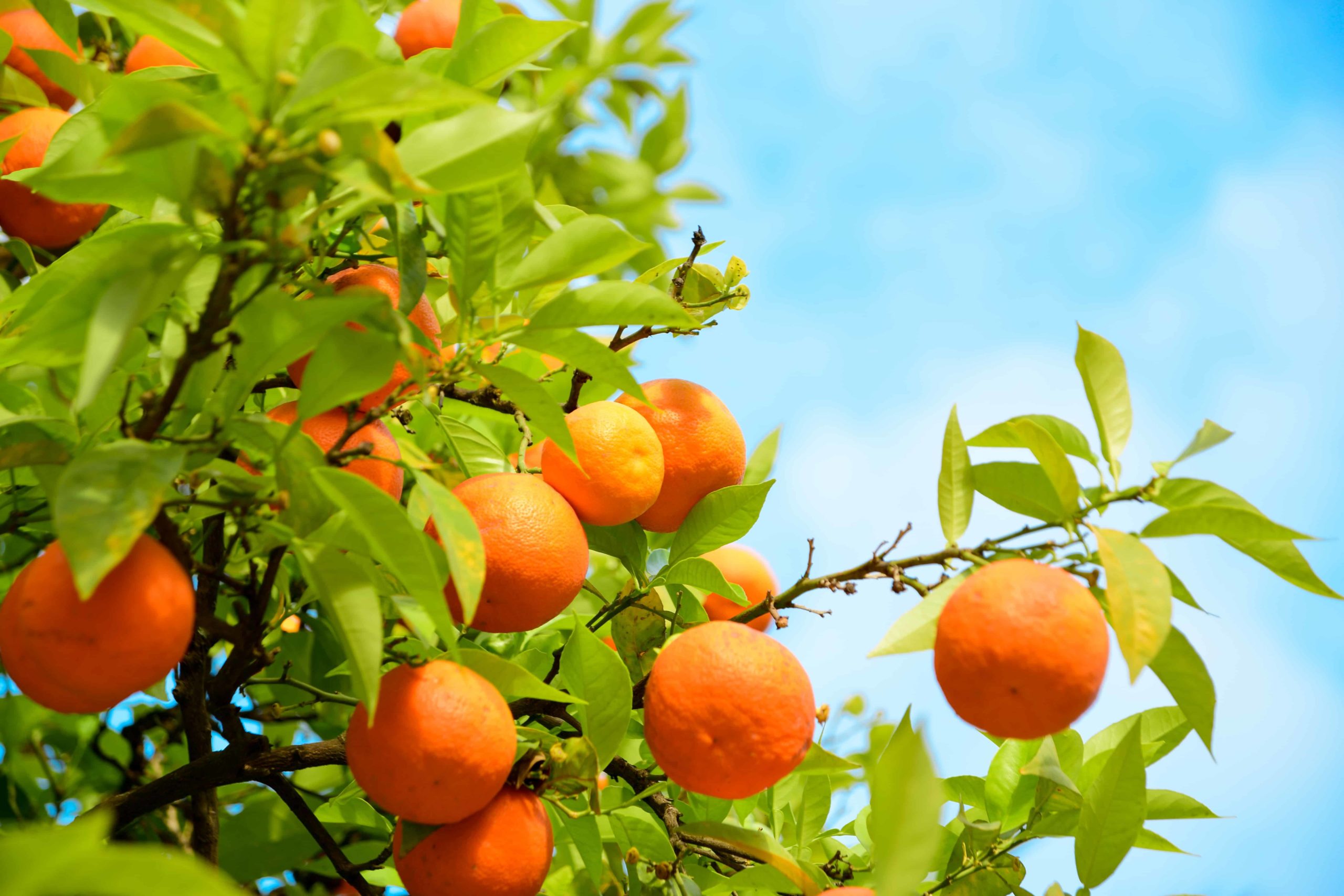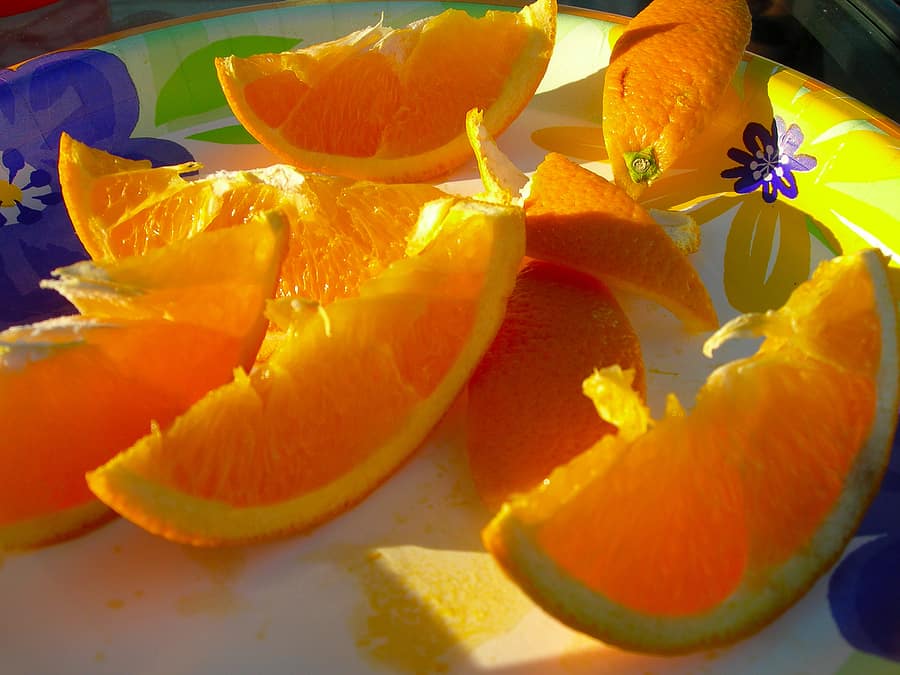Oranges
Latest stories
More stories
-
Candied Orange Peel or Any Citrus Peel
Candied orange peel (or any citrus peel) is a sweet and sour treat. You can serve it as a dessert or as a treat. It will keep for several months in the refrigerator. No more tossing out those brightly colored peels. Use organic, unsprayed citrus for this recipe—oranges, lemons, tangerines, grapefruits. PrintCandied Orange Peel or […] More
-
How to Make Orange Marmalade
Orange marmalade is the most popular marmalade. Marmalade is a soft translucent jelly preserve quite simply made from fruit, water, and sugar. Marmalade looks like jam but it contains thin fruit slices or diced fruit suspended in the jelly. Many say the fine flavor of the Seville orange makes the best marmalade. But you can […] More
-
in Citrus Fruits, Prepare
Ways to Serve Oranges
Oranges can be served in a wide variety of ways, They can be eaten out of hand, used in cooking, made into marmalade, or pressed to make juice. Their zest and pulp can be candied. Oranges are often added to fruit salads, soufflés, flans, crêpes, ice cream, sorbets, and punch. Oranges can also be added […] More





